DEALING WITH THE INCREASING BURDEN OF MARKET AND REGULATORY CHANGE
The complex market within which our vehicle leasing client was a major participant was changing rapidly. This was further compounded by cultural challenges from within the organisation itself. Challenge Consulting was asked: ‘Is our company car strategy and execution robust’?
Our client, like many others in the same industry, faced a mix of varied and complex challenges. Some of these came from outside the organisation, including manufacturer-led innovations, increased government participation and legislation, technology developments in the form of new vehicles and powertrains, new funding models, and the prospect of autonomous vehicles foretelling a world in which people would pay for a journey instead of a vehicle.
The Challenge
All of these changes were affecting the behaviour of corporate clients, retail customers and drivers.
Corporate clients, who had previously been a growing source of new company car drivers, were offering their eligible employees opportunities to opt-out of their company car scheme. What resulted was a ‘leaky bucket’ for our client; no matter how many new corporate accounts they added to their portfolio, traditional company car drivers were reducing in number. These challenges were identified in diminishing projections for company car transactions.
More worrying still was the fact that the drivers who had opted out of their company’s car scheme were not being recaptured by our client’s retail/consumer business.
As is so often true, these issues were compounded by our client’s own internal challenges. A much greater emphasis had been placed on cost management than commercial development. The organisation’s strategic marketing capabilities had been diminished after a resignation and the business was being directed by a tactical sales plan. It was thus constrained in both its ability to understand new customer behaviours, to address them strategically, and to resource projects to deliver sustainable change.
Our Solution
By pursuing this approach, we were able to confidently respond to our client’s very specific question: Is our company car strategy and execution robust? Our review concluded that:
The existing strategy would not address the forecast shortfall in revenues
The strategy was unlikely to contribute sufficient profit to fund the many additional projects our client wished to pursue (a fact which had never before been considered or challenged)
The execution of an effective strategy would be constrained by organisational and cultural factors.
We addressed each of these shortfalls with a range of solutions that were tailored to the commercial imperatives and constraints of the organisation. These were all the more remarkable for having been absent from the Company Car Strategy our client had asked us to review. These included:
The development and launch of a new and innovative proposition to attract those corporate drivers who had chosen to opt-out of their company car scheme
The development and launch of a proposition for manufacturers and other 3rd parties
The formulation of new relationships and commercial agreements with key organisations to facilitate new routes to market
The exposure and promotion of our client’s propositions to other divisions within the client’s wider business (and vice versa)
The development and launch of a ‘driver decision support tool’ to assist customers struggling to navigate the complex market, and to direct them to our client
Improvements to the organisation and operation of marketing and sales, facilitating the gradual migration from being sales- to market-led.
Our Approach
In such a fast-changing market, it was vital to test every assumption about the changes taking place and the way in which they were influencing our client’s performance. Only then would it be safe to propose how they may be addressed. Therefore, the key considerations to investigate and articulate were:
The external and internal factors at play, including:
Market trends and dynamics
Our client’s existing company car strategy
Our client’s performance against its own KPI’s
The response to changing market dynamics from our client’s competitors and customers, the opportunities available to address the commercial challenge, the enabling capabilities needed, and the likely barriers to success,
implementation considerations, such as:
Apparent priorities
Resource availability
Essential skills and capabilities
Preferred or essential timelines
Integration opportunities with programmes and divisions elsewhere in our client’s wider business.
During this phase, we remained close to the senior management team to:
Confirm and maintain the case for change
Promote it amongst them all in order that they shared a clear and common understanding
Understand its dynamics, its key participants and its most determined and influential voices
Secure sponsorship for the proposal.
Furthermore, our intimate understanding of the market and our client’s business and culture, combined with the open and honest relationship we had developed, allowed us to engage in a frank conversation with our client’s Chief Executive. In this way, we were able to examine, understand and challenge the way in which his own and his team’s character and behaviours were affecting the business.
The Outcomes
Our client:
Was able to refine its Company Car Strategy with innovations that addressed the commercial shortfall it faced
Gained an entirely new perspective on the complex market within which it operated
Benefited from incisive insight from its own clients to which it had never before sought access
Discovered how its competitors were addressing similar challenges
Was able to refine its own organisational structure to be more effective in meeting the demands of a changed and changing world
Became more confident in its ability to influence other divisions within the client’s wider business, and benefit from internal commercial opportunities
Was able to engage with partners who would complement its propositions.

